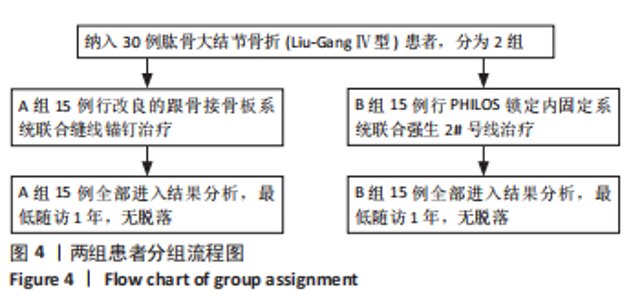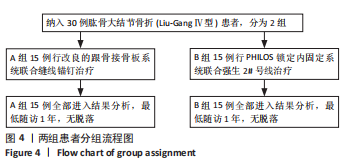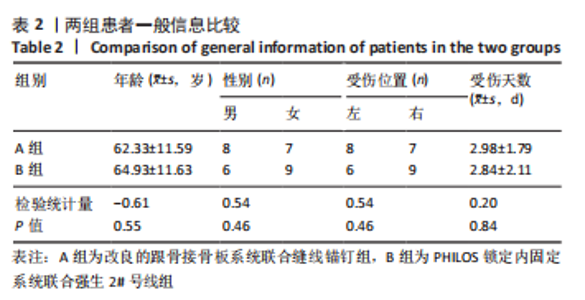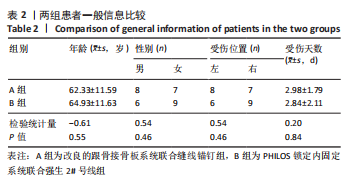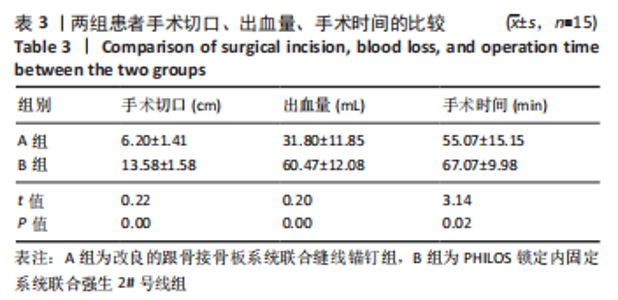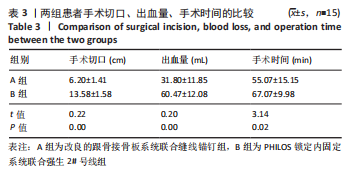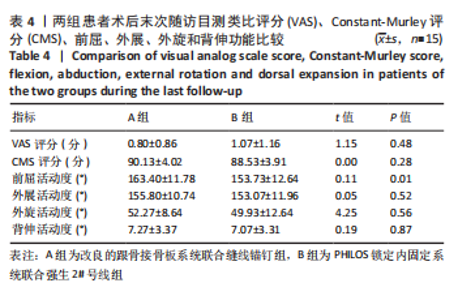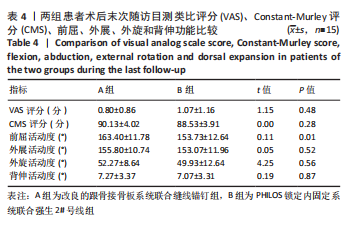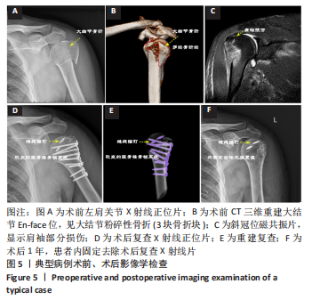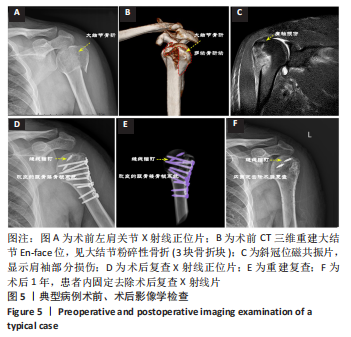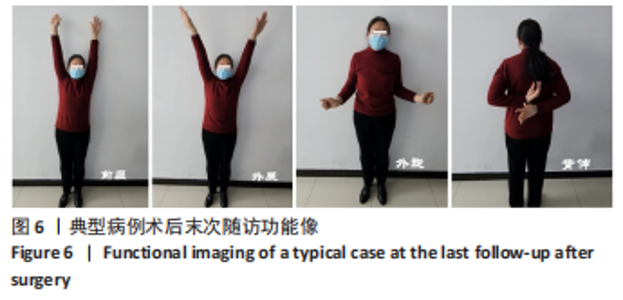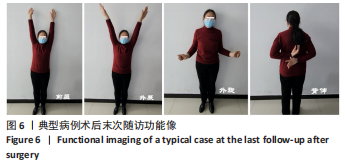[1] COURT-BROWN CM, GARG A, MCQUEEN MM. The epidemiology of proximal humeral fractures. Acta Orthop Scand. 2001;72(4):365-371.
[2] BARON JA, KARAGAS M, BARRETT J, et al. Basic epidemiology of fractures of the upper and lower limb among Americans over 65 years of age. Epidemiology. 1996;7(6):612-618.
[3] ROULEAU DM, MUTCH J, LAFLAMME GY. Surgical Treatment of Displaced Greater Tuberosity Fractures of the Humerus. J Am Acad Orthop Surg. 2016;24(1):46-56.
[4] COURT-BROWN CM, GARG A, MCQUEEN MM. The translated two-part fracture of the proximal humerus. Epidemiology and outcome in the older patient. J Bone Joint Surg Br. 2001;83(6):799-804.
[5] MUTCH J, LAFLAMME GY, HAGEMEISTER N, et al. A new morphological classification for greater tuberosity fractures of the proximal humerus: validation and clinical implications. Bone Joint J. 2014;96-B(5):646-651.
[6] LIU G, GUO XG, ZHAO Q, et al. A new biomechanical classifcation system for split fractures of the humeral greater tuberosity: guidelines for surgical treatment. J Orthop Surg Res. 2021;16(1):692.
[7] 刘刚,罗鸿,张宝露,等. 三种内固定方式治疗肱骨大结节劈裂骨折的疗效比较 [J]. 中华创伤骨科杂志,2023,25(5):407-414.
[8] LAUNONEN AP, LEPOLA V, SARANKO A, et al. Epidemiology of proximal humerus fractures. Archives of Osteoporosis. 2015;10(1):2.
[9] MAMAN E, DOLKART O, CHECHIK O, et al. Arthroscopic findings of coexisting lesions with greater tuberosity fractures. Orthopedics. 2014;37(3):e272-e277.
[10] DEBOTTIS D, ANAVIAN J, GREEN A. Surgical Management of Isolated Greater Tuberosity Fractures of the Proximal Humerus. Orthopedic Clinics of North America. 2014;45(2):207-218.
[11] ROULEAU DM, MUTCH J, LAFLAMME GY. Surgical Treatment of Displaced Greater Tuberosity Fractures of the Humerus. J Am Acad Orthop Surg. 2016;24(1):46-56.
[12] SCHÖFFL V, POPP D, STRECKER W. A simple and effective implant for displaced fractures of the greater tuberosity: the “Bamberg” plate. Arch Orthop Trauma Surg. 2011;131(4):509-512.
[13] WHITE EA, SKALSKI MR, PATEL DB, et al. Isolated greater tuberosity fractures of the proximal humerus: anatomy, injury patterns, multimodality imaging, and approach to management. Emerg Radiol. 2018;25(3):235-246.
[14] BORER J, SCHWARZ J, POTTHAST S, et al. Mid-term results of minimally invasive deltoid-split versus standard open deltopectoral approach for PHILOS™ (proximal humeral internal locking system) osteosynthesis in proximal humeral fractures. Eur J Trauma Emerg Surg. 2020;46(4):825-834.
[15] GAUDELLI C, MÉNARD J, MUTCH J, et al. Locking plate fixation provides superior fixation of humerus split type greater tuberosity fractures than tension bands and double row suture bridges. Clin Biomech (Bristol, Avon). 2014;29(9):1003-1008.
[16] CONSTANT CR, MURLEY AH. A clinical method of functional assess-ment of the shoulder. Clin Orthop Relat Res. 1987;(214):160-164.
[17] 唐小松,郭刚,燕华,等.使用跟骨钢板治疗移位的肱骨大结节骨折[J].中国矫形外科杂志,2012,20(14):1333-1334.
[18] JABRAN A, PEACH C, REN L. Biomechanical analysis of plate systems for proximal humerus fractures: a systematic literature review. Biomed Eng Online. 2018;17(1):47.
[19] WEINSTEIN DM, BRATTON DR, CICCONE WJ, et al. Locking plates improve torsional resistance in the stabilization of three-part proximal humeral fractures. J Shoulder Elb Surg. 2006;15(2):239-243.
[20] NIALL DM, O’MAHONY J, MCELWAIN JP. Plating of humeral shaft fractures—has the pendulum swung back? Injury. 2004;35(6):580-586.
[21] HANDSCHIN AE, CARDELL M, CONTALDO C, et al. Functional results of angular-stable plate Wxation in displaced proximal humeral fractures. Injury. 2008;39(3):306-313.
[22] GILLESPIE RJ, JOHNSTON PS, GORDON VA, et al. Using Plate Osteosynthesis to Treat Isolated Greater Tuberosity Fractures. Am J Orthop (Belle Mead NJ). 2015;44:E248-E251.
[23] PARK SE, JEONG JJ, PANCHAL K, et al. Arthroscopic-assisted plate fixation for displaced large-sized comminuted greater tuberosity fractures of proximal humerus: a novel surgical technique. Knee Surg Sports Traumatol Arthrosc. 2016;24(12):3892-3898.
[24] ZENG LQ, CHEN YF, JIANG YW, et al. A new low-profile anatomic locking plate for fixation of comminuted, displaced greater tuberosity fractures of the proximal humerus. J Shoulder Elbow Surg. 2021;30(6):1402-1409.
[25] NEER CS. Displaced proximal humeral fractures. I. Classification and evaluation. J Bone Joint Surg Am. 1970;52(6):1077-1089.
[26] 刘刚,张宝露,石杰,等.肱骨近端锁定钢板与空心螺钉固定治疗肱骨大结节Mutch Ⅱ型骨折的差异[J]. 中国组织工程研究,2021, 25(18):2863-2868.
[27] GUMINA S, CARBONE S, POSTACCHINI F. Occult fractures of the greater tuberosity of the humerus. Int Orthop. 2009;33(1):171-174.
[28] YOON TH, CHOI CH, CHOI YR, et al. Clinical outcomes of minimally invasive open reduction and internal fixation by screw and washer for displaced greater tuberosity fracture of the humerus. J Shoulder Elbow Surg. 2018;27(6):e173-e177.
[29] BOKSH K, SRINIVASAN A, PERIANAYAGAM G, et al. Morphological characteristics and management of greater tuberosity fractures associated with anterior glenohumeral joint dislocation: A single centre 10-year retrospective review. J Orthop. 2022;34:1-7.
[30] PRASETIA R, RUDIANTO SALIM D, HERMAN H, et al. Traumatic Inferior Glenohumeral Dislocation Associated With Rotator Cuff Avulsion Fracture: Arthroscopic-Assisted Fixation: A Technical Note. Arthrosc Tech. 2021;10(12):e2667-e2673.
|
